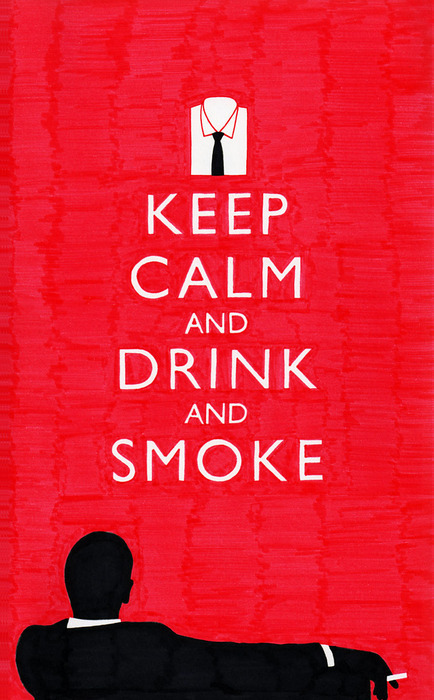Can cigarettes make beer goggles worse?
.
Yes:
Background
Nicotine and alcohol are often consumed together. Previous research suggests that both can independently increase the perceived attractiveness of social stimuli, which may be a mechanism that drives continued use. This study examined whether there was an additive effect of nicotine and alcohol on perceived attractiveness of social and environmental stimuli.
Methods
Male and female (n = 96) social alcohol consumers and light cigarette smokers (no more than 14 cigarettes per week) were randomized to smoke either a nicotinized or denicotinized cigarette and drink either an alcoholic or non-alcoholic (placebo) beverage. The primary outcome was attractiveness ratings of facial and landscape stimuli. Secondary outcomes were self-report mood and craving.
Results
There was a main effect of drink (p = .031) and a trend toward a main effect of cigarette (p = .057) with higher ratings of attractiveness after alcohol compared to placebo and after a nicotinized cigarette compared to a denicotinized cigarette. Nicotine and alcohol appeared to work additively on ratings of attractiveness, with the highest ratings in the nicotine/alcohol group. There were no interactions between drink, cigarette and stimulus type.
Conclusions
When co-administered, nicotine and alcohol consumption resulted in the highest perceptions of attractiveness across all stimulus types. This additive effect may be a mechanism by which administration of one drug reinforces use of the other, and which leads to an increased likelihood of habitual consumption and relapse.
Source: “Effects of acute nicotine and alcohol on the rating of attractiveness in social smokers and alcohol drinkers” from Drug and Alcohol Dependence
Join 25K+ readers. Get a free weekly update via email here.
Related posts:
Is it really beer that causes “beer goggles”?





